Red Clover Seeds
Red clover (Trifolium pratense) is a versatile and robust perennial plant that is native to Europe, Western Asia, and Northwest Africa. It boasts beautiful, vibrant pink to red flowers and is a popular choice for planting in gardens, meadows, and pastures. Red clover seeds are easy to grow, making them a popular choice for those looking to enrich their outdoor spaces.
Planting and Growing Red Clover
Red clover seeds can be sown in early spring or late fall to establish a lush, flowering ground cover. The plant’s adaptability allows it to thrive in various soil types, including clay, loam, and sandy soils. Red clover is also known for its nitrogen-fixing abilities, which can improve the soil’s fertility and benefit surrounding plants.
For information on growing clover, please read our article: How to Grow Clover.
Agricultural Uses of Red Clover
Apart from its aesthetic appeal, red clover offers numerous uses in different industries. In agriculture, it serves as a valuable fodder crop for livestock due to its high protein content and palatability. Red clover seeds are also used to create green manure, a natural soil amendment that enhances fertility and improves soil structure.

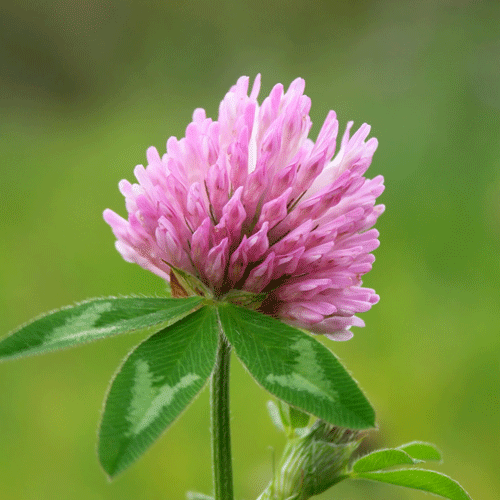
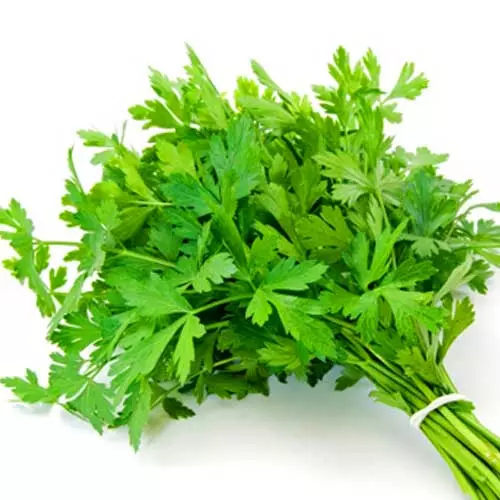
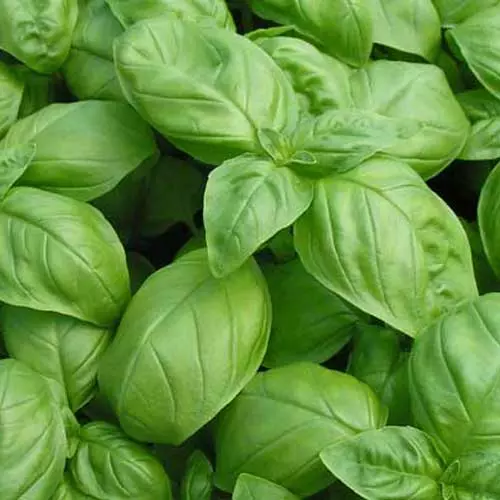
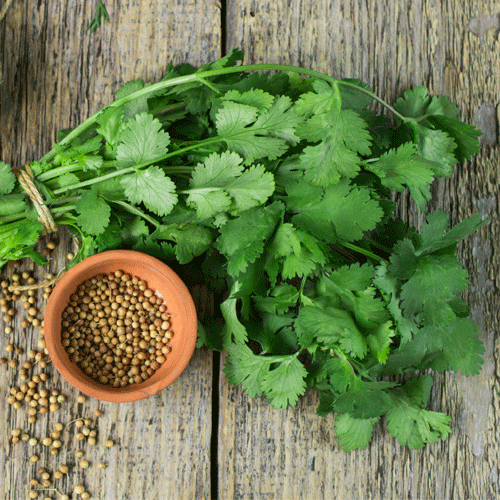
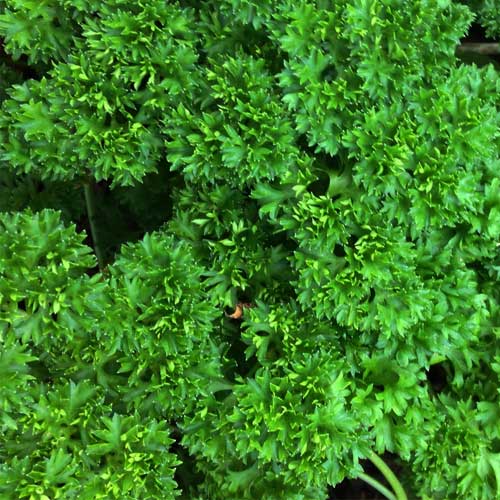
Reviews
There are no reviews yet.